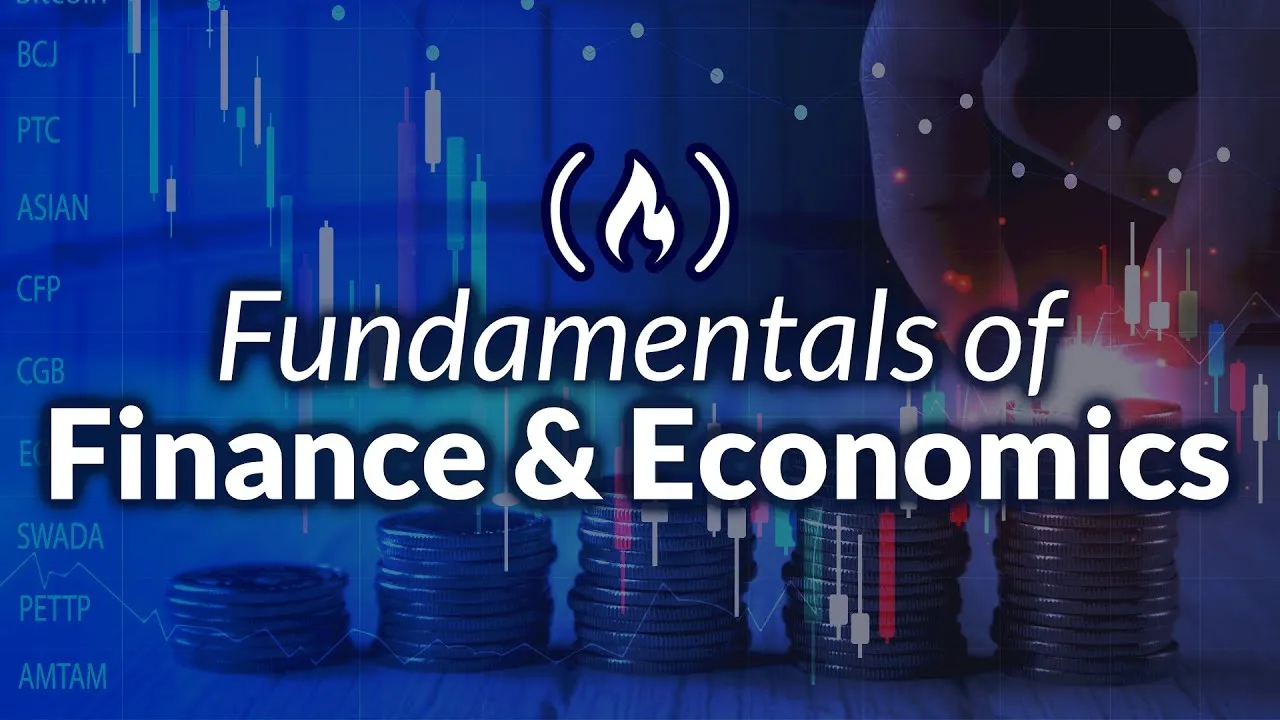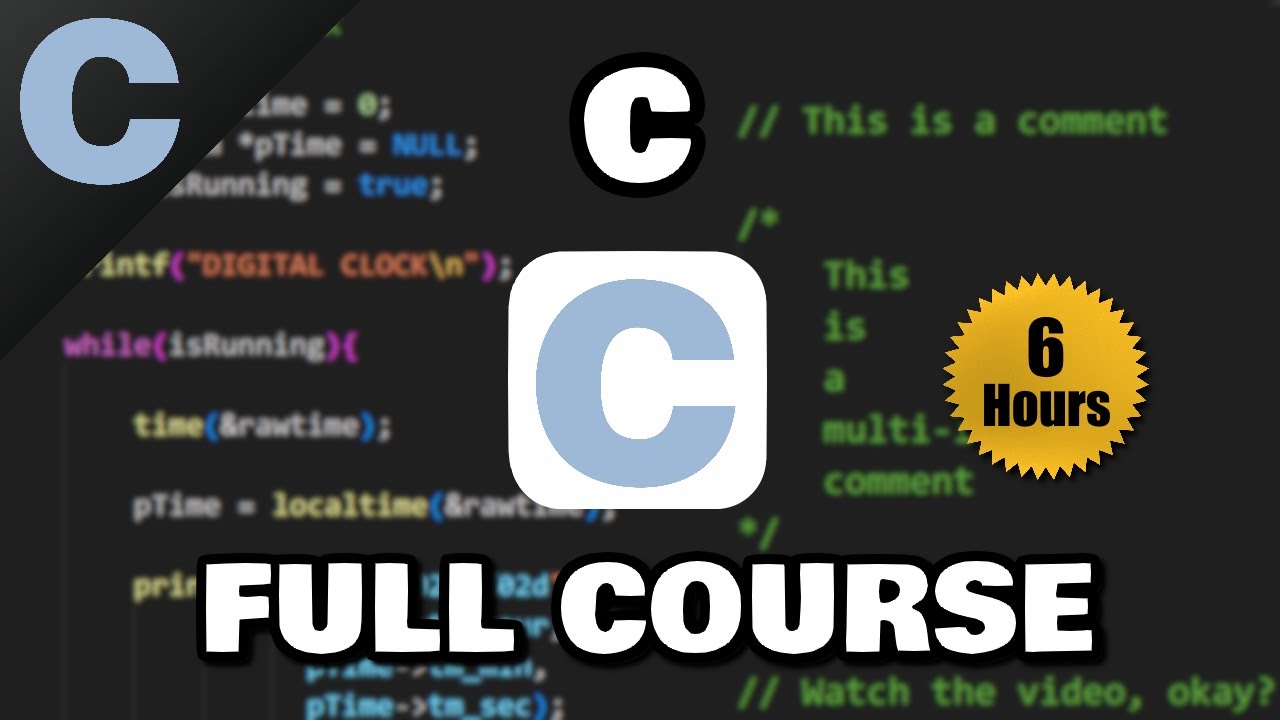This Principles of Microeconomics by MIT University free MIT course teaches the fundamentals of microeconomics. It covers theories, models, and real-world applications using simple economic principles.
Ideal for students, professionals, or anyone curious about how markets, prices, and choices work in society.
Let’s explore each lecture topic in small, easy-to-read parts of Principles of Microeconomics by MIT University course.
🔹 Introduction and Supply & Demand
You’ll learn what economics is.
Understand how supply and demand interact in a market.
Learn how prices are determined by market forces.
🔹 Preferences and Utility Functions
This part explains consumer preferences.
Learn how people make choices based on what they like.
Utility functions help explain satisfaction from goods.
🔹 Budget Constraints and Constrained Choice
Understand limited income and how it affects choices.
Consumers must decide between options within their budget.
It’s about making smart trade-offs.
🔹 Demand Curves and Income/Substitution Effects
Learn how demand changes with price and income.
Explore the substitution effect—people switch to cheaper goods.
See how income affects purchasing power.
🔹 Production Theory
This topic explains how firms produce goods.
Inputs like labor and capital are used to create outputs.
Understand production functions and efficiency.
🔹 Costs
Know how firms calculate production costs.
Fixed costs stay the same, variable costs change.
Marginal cost is the cost of one more unit.
🔹 Competition I
Explore perfect competition.
Firms are price takers, not price setters.
Understand how markets achieve efficiency with many sellers.
🔹 Competition II
Look deeper into competitive markets.
Learn how firms maximize profits.
Study short-run and long-run decisions in competition.
🔹 Consumer and Producer Surplus
Understand the benefits buyers and sellers get from trade.
Consumer surplus = value over price.
Producer surplus = price over cost.
🔹 Welfare Economics
This topic looks at total well-being in a market.
Efficient markets maximize social welfare.
Understand how government policy can improve or reduce welfare.
🔹 Monopoly I
Study markets with only one seller.
Monopolies set prices above cost.
See why monopolies lead to inefficiency.
🔹 Monopoly II
Learn more about monopoly behavior.
Understand price discrimination.
Explore how monopolies adjust for different consumer types.
🔹 Oligopoly I
Oligopolies are markets with few firms.
Firms react to each other’s moves.
Game theory helps explain competition and cooperation.
🔹 Oligopoly II
Continue exploring strategies in oligopolies.
Understand collusion and cartels.
Learn about the Nash equilibrium in economic games.
🔹 Input Markets I: Labor Market
Firms demand labor; workers supply it.
Wages are determined by productivity and supply.
Understand labor supply decisions.
🔹 Input Markets II: Labor and Capital
Learn how firms decide between labor and machines.
Understand the role of capital in production.
Explore returns to capital and investment.
🔹 Making Choices Over Time
People make decisions about the future.
Learn about interest rates and present value.
Understand how people value future income or costs.
🔹 Increasing Savings & Trade Introduction
See how incentives affect saving behavior.
Explore how trade improves efficiency.
Specialization leads to gains from trade.
🔹 International Trade: Welfare and Policy
Learn how trade affects countries.
Understand winners and losers from trade.
Explore tariffs and other trade policies.
🔹 Uncertainty
Life is uncertain.
This part explores how people make risky decisions.
Learn about expected utility and insurance choices.
🔹 Efficiency and Equity
Markets are efficient but not always fair.
Explore how policies can balance fairness and economic efficiency.
Understand trade-offs in policy design.
🔹 Government Redistribution and Taxation
Governments redistribute income to reduce inequality.
Learn about taxes and transfers.
Understand how taxation affects incentives and markets.
🔹 Market Failures I: Externalities
Some actions affect others.
Pollution is a negative externality.
Markets fail without government intervention.
🔹 Market Failures II: More on Externalities
Explore more types of externalities.
Understand how subsidies and taxes can correct them.
See the role of property rights.
🔹 Market Failures III: Informational Asymmetry
Sometimes, one side knows more than the other.
This causes problems in markets.
Understand adverse selection and moral hazard.
🔹 Health Economics
Health care has unique market features.
Explore why government and insurance matter.
Understand spending, outcomes, and market failures in health.
Final Thoughts of Principles of Microeconomics by MIT University free course
MIT 14.01 Principles of Microeconomics, Fall 2018 is a complete introduction to economic thinking.
This Principles of Microeconomics by MIT University course helps you understand:
✔ How markets work.
✔ Why prices matter.
✔ How people make choices.
✔ How government can fix problems.
✔ The trade-offs in policy decisions.
It’s a great starting point for learning economics—whether you’re in school or just curious about how the world works.
✅ Free, structured, and beginner-friendly.
✅ Learn at your own pace.
✅ Taught by top MIT professors.
📚 Take the first step to mastering economics with this free course from MIT!





















